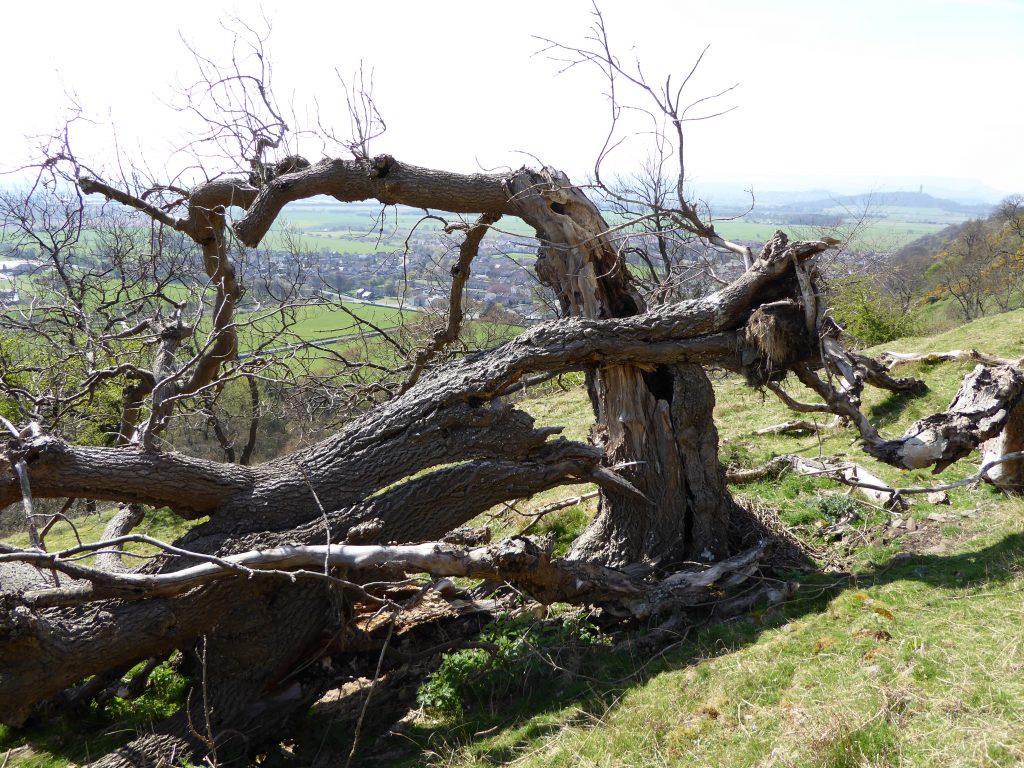Evidence from Egyptian pharaonic pharmacology papyri, shows that medicines made from white willow and other salicylate-rich plants, were used as early as the second millennium BC. Aspirin use is now an everyday worldwide occurrence. Some 50,000 plant species are used medicinally and global trade exceeds £45bn/year. Trees play a major role in this industry, with medicines extracted from the wood, bark, roots, leaves, flowers, fruits and seeds. More information on the healing (and deadly!) properties of plants can be found in the recent RBGE publication “Plants: healers and killers” (available to buy from http://rbge-publications.myshopify.com/collections/all/plants )
Sustainable extraction of medicine from wild trees can help to conserve forests, but we need to be careful not to over-exploit these valuable resources. Medicinal demand and excessive harvesting threatens the survival of some species. The Cebu cinnamon (used in the Phillipines to ease stomach ache) is now critically endangered. International trade of the Red Stinkwood tree (used to treat malaria, fever and prostate cancer) and harmful extraction methods are causing species decline across Central/Southern Africa and Madagascar. Yew trees are used to produce Taxol for use in cancer treatment. Over-use of the Himalayan yew for medicine and fuel in Afghanistan, India and Nepal, threatens this tree’s future survival.
Recent tests on chemicals found in the needles of eastern red cedar (ERC) showed they are effective in treating several strains of MRSA, and in treating skin cancer cells in mice. In 2005, in the US alone, some 94,000 people developed life-threatening MRSA and nearly 19,000 died in hospital stays related to these infections. Many lives could be saved in the future if medicines derived from ERC are developed and made commercially available.

Ash deaths in USA linked to increased human mortality rates
Tree and forest environments also have a very positive impact on health. A study in the US, indicates that an additional 15,080 deaths from cardiovascular disease and 6,113 from lower respiratory disease occurred in counties where many ash trees were lost following emerald ash borer infestation (after accounting for other influencing factors). A 2009 study in Tokyo, showed that ‘Forest Bathing Trips’ (3 days/2 nights in forests) significantly increased natural killer cells (white blood cells used to fight off cancer and virus-infected cells) and that the levels stayed elevated for up to a month after the trips. Other Japanese studies found forest visitors have decreased cortisol (stress hormone) levels, lower blood pressure and heart rate, resulting in more ‘relaxed’ biological systems.

3 Comments
3 Pingbacks